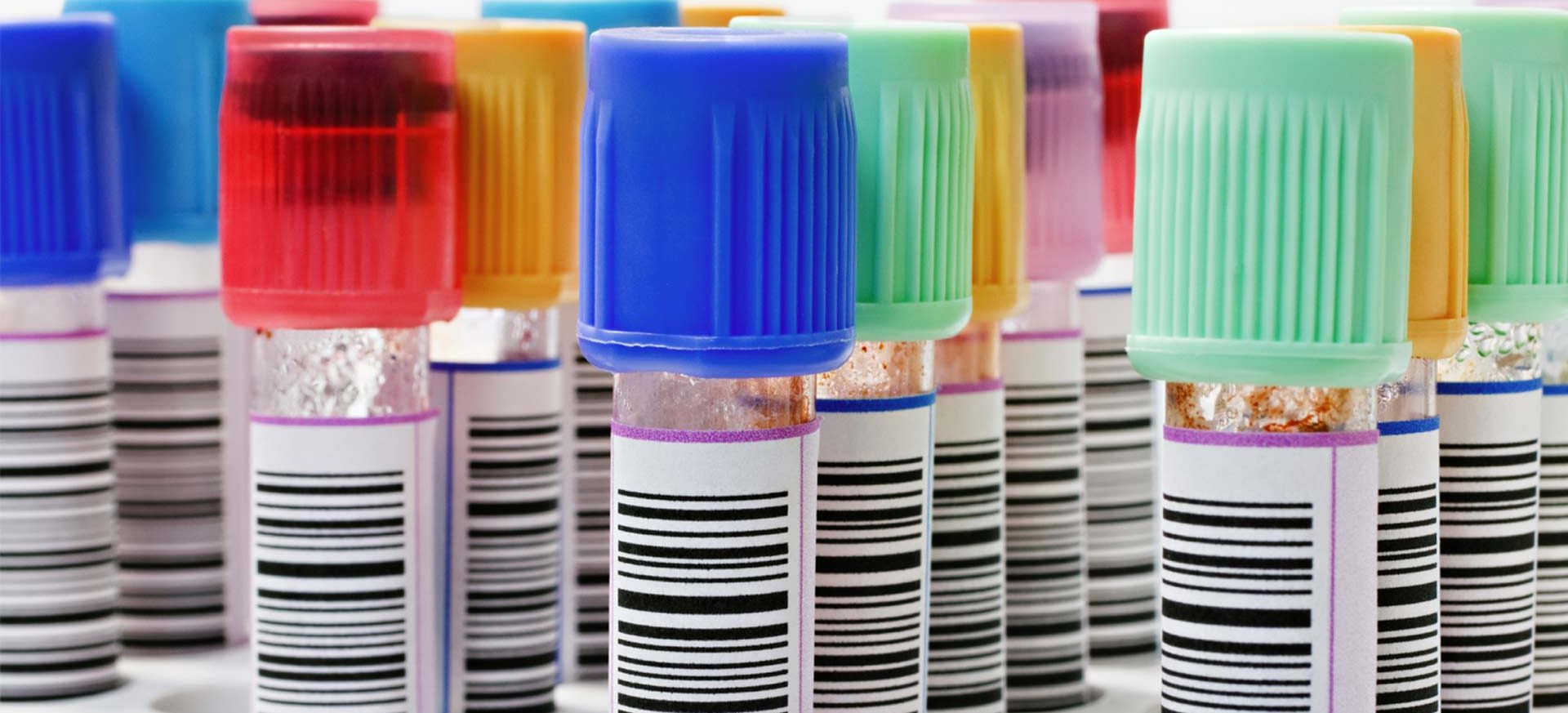Premium Labels
Brilliant and Bold:
The Power of Beautiful Labels









When it comes to creating premium labels that stand out from the competition, embellishments are an essential tool in the marketer’s arsenal. Embellishments add a special touch of sophistication and elegance to labels, making them more appealing to customers and helping them to stand out on store shelves. Here are some of the most popular types of embellishments that are available for labels.
Foiling
Foil stamping is a popular technique used to add a metallic or glossy finish to labels. This process involves using a die to stamp a thin layer of foil onto the label, creating a shiny and eye-catching effect. Foil stamping is often used to add text, logos, or designs to labels, and it can be done in a variety of colours and finishes.

Low Cost 'Embossing' Effect
Embossing is a process that creates a raised, three-dimensional effect on labels. The result is a label with a surface that looks and feels different. Embossing can be used to add depth and dimension to labels. Typically, this uses expensive metal plates to create the effect.
Embossing works well for creating logos, borders, and other design elements.
As we all know, the future is digital printing and using what acts like a huge laser or inkject printer from your home, we are able to add ‘touch’ to your labels. Complex patterns can be created using varnish on the surface of your labels – each label could be unique. Create wood-grain, leather or linen looking labels.

using complex layers of varnish the whole label can be transformed.Use this effect to create a subtle and elegant label finish that is perfect for adding texture and depth to labels.

Spot Varnishing
Spot varnish is a technique that involves applying a glossy or matte finish to specific areas of a label. This process creates a contrast between the shiny and matte areas, which can be used to highlight specific design elements or create a unique texture on the label. Spot varnish is often used to create a premium look and feel on labels. Use in combination with other embellishments for added impact.

Lamination
Laminating is a process that involves applying a thin layer of plastic film over the label material. This process provides a layer of protection against moisture, chemicals, and other environmental factors that can damage the label. Laminating can also be used to add a glossy or matt finish to the label, which can enhance the overall appearance of the label.

Die Cutting
Die cutting is a process that involves cutting the label material into a specific shape using a die. This process can be used to create unique label shapes, such as circles, ovals, or stars. Die cutting can also be used to create intricate design elements, such as cut-out patterns or lettering.

Specialty Inks
Specialty inks are a game-changer in the label printing industry, offering unique benefits that standard inks simply can’t match. One of the most popular types of specialty ink is white ink, which is essential for printing on transparent packaging and labels. With white ink, you can create stunning, high-contrast designs that really pop, making your products stand out on the shelves.

Another cutting-edge specialty ink is invisible UV ink, which is perfect for adding an extra layer of security to your labels. This ink is invisible under normal lighting conditions, but it fluoresces under UV light, making it a powerful tool for anti-counterfeiting measures. This ink is ideal for industries like pharmaceuticals, where security is paramount.

Finally, hexachrome is a specialty ink that offers unparalleled colour accuracy and vibrancy. This ink uses six colours instead of the usual four, resulting in a wider range of colours and much richer, more nuanced hues. With hexachrome, your labels will be more eye-catching and memorable than ever before, making it an excellent choice for premium products that demand the highest quality.

In conclusion, embellishments are an excellent way to enhance the visual appeal of labels and make them stand out from the competition. Whether you choose to use foil stamping, embossing, debossing, spot varnish, laminating, die cutting, or a combination of these techniques, the result will be a label that is eye-catching, unique, and memorable. By investing in high-quality embellishments for your labels, you can create a brand image that is both sophisticated and memorable, helping your products to stand out and attract more customers.
As always, we are here to help. If you have a question, or specific design requirement you would like to discuss with us, please get in touch. Email sales@expertlabels.co.uk or call us on 01359 271 111, we’d love to hear from you.
- Barcode Labels
- Biodegradable Labels
- Block Out Labels
- Booklet and Fold out Labels
- Cryogenic Labels
- Fan-Fold Labels
- High Temperature Heat-Proof Labels and Tags
- Label Design and Print Software
- Loop Lock Labels
- Peel and Reveal Labels
- PiggyBack Labels
- RFID and Security Labels
- Security Labels
- Sustainable Labels
Get a Free Sample Pack
-
Our Products -
More Products



